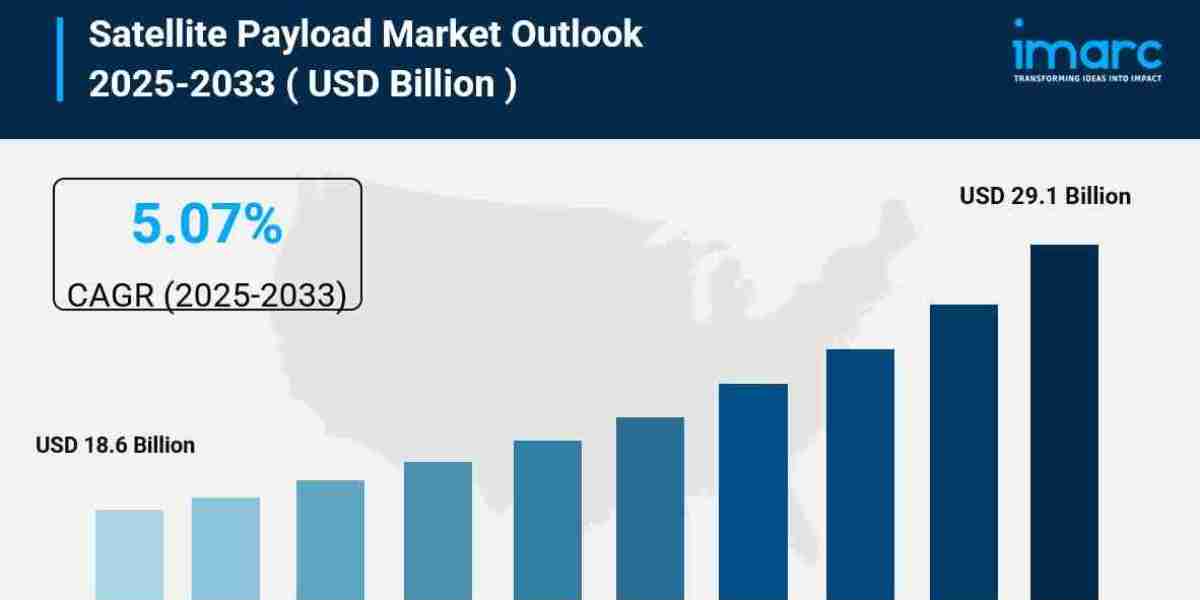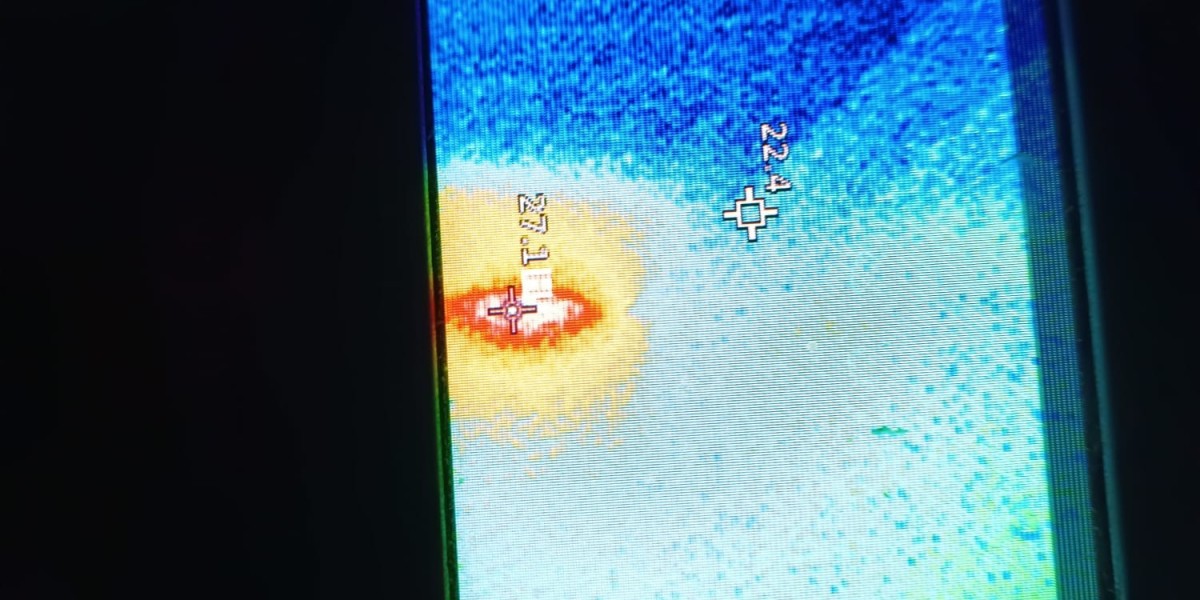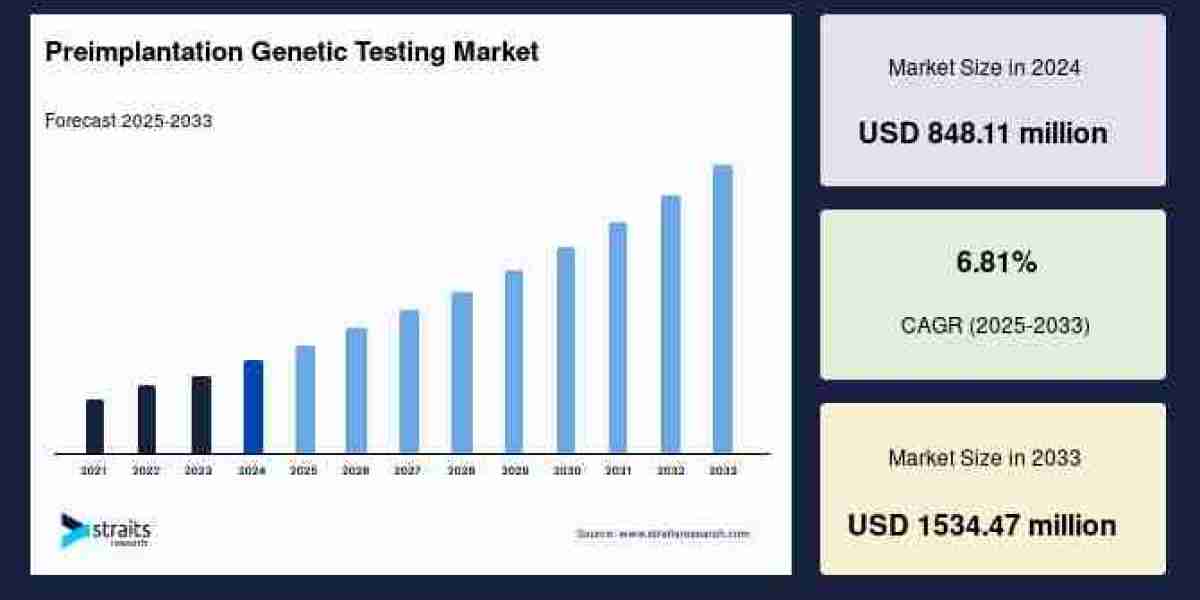The global satellite payload market size reached USD 18.6 Billion in 2024. Looking forward, IMARC Group estimates the market to reach USD 29.1 Billion by 2033, exhibiting a CAGR of 5.07% during 2025-2033. North America currently dominates the market, holding a significant market share driven by its mature space infrastructure and substantial investments from both government agencies like NASA and private companies. The market is experiencing steady growth driven by increasing demand for satellite-based services, growing adoption of small satellites, and rising investments in space exploration programs worldwide.
Key Stats for Satellite Payload Market:
- Satellite Payload Market Value (2024): USD 18.6 Billion
- Satellite Payload Market Value (2033): USD 29.1 Billion
- Satellite Payload Market Forecast CAGR: 5.07%
- Leading Segment in Satellite Payload Market in 2024: Communication Payloads
- Key Regions in Satellite Payload Market: North America, Europe, Asia Pacific, Latin America, Middle East and Africa
- Top companies in Satellite Payload Market: Airbus SE, Lockheed Martin Corporation, Northrop Grumman Corporation, Boeing Company, Thales Group, Honeywell International Inc., Ball Aerospace & Technologies Corp, Raytheon Technologies Corporation, Maxar Technologies Inc., SES S.A.
Why is the Satellite Payload Market Growing?
The satellite payload market is experiencing robust growth due to the increasing global demand for satellite-based communication, navigation, and Earth observation services. The rising adoption of High Throughput Satellites (HTS) is revolutionizing the industry by providing enhanced capacity and cost-effective solutions for broadband connectivity. Government initiatives worldwide are driving significant investments in space programs, with countries launching ambitious satellite constellations for national security, climate monitoring, and scientific research.
The commercial sector is witnessing unprecedented growth as companies across industries recognize the value of satellite data for business intelligence, asset monitoring, and operational efficiency. The miniaturization of satellite technology has made space more accessible, enabling smaller companies and startups to develop innovative payload solutions. Additionally, the growing Internet of Things (IoT) ecosystem and the need for global connectivity in remote areas are creating new opportunities for satellite payload manufacturers.
The defense and military sector continues to be a major driver, with nations investing heavily in secure satellite communications and surveillance capabilities. Climate change monitoring and disaster management applications are also spurring demand for advanced Earth observation payloads that can provide real-time environmental data.
AI Impact on the Satellite Payload Market:
Artificial intelligence is fundamentally transforming the satellite payload landscape by enabling smarter, more autonomous spacecraft operations. NASA's Dynamic Targeting technology allows spacecraft to decide autonomously and within seconds where to best make science observations from orbit, dramatically improving mission efficiency and data collection capabilities.
AI-powered payload systems are revolutionizing data processing by performing real-time analysis onboard satellites, reducing the need for massive data downloads and enabling faster decision-making. Software-defined payloads with flexible satellites are no longer locked in at launch, with beam patterns and power levels now adaptable to target specific regions dynamically, providing unprecedented operational flexibility.
Machine learning algorithms are enhancing image recognition and pattern detection in Earth observation missions, automatically identifying changes in land use, crop health, and environmental conditions. AI tools applied to NASA satellite data and imagery are opening doors to new discoveries, including detecting blue tarps on rooftops after hurricanes to characterize disaster impact.
The integration of AI in satellite navigation systems is improving space weather forecasting and autonomous vehicle guidance, while also helping identify security threats in sensitive airspace. AI software is enabling users to change spacecraft capabilities while in orbit, making satellites less reliant on hardware and more adaptable to mission requirements.
Request Sample Report URL: https://www.imarcgroup.com/satellite-payload-market/requestsample
Segmental Analysis:
Analysis by Type:
- Communication Payloads
- Earth Observation Payloads
- Navigation Payloads
- Scientific Payloads
- Others
Communication payloads dominate the market, driven by the increasing demand for satellite-based internet services, direct-to-home broadcasting, and mobile communication networks. These payloads are essential for connecting remote areas and providing backup communication during emergencies.
Analysis by Platform:
- Small Satellites (1-500 kg)
- Medium Satellites (500-2500 kg)
- Large Satellites (Above 2500 kg)
Small satellites are experiencing the fastest growth due to their cost-effectiveness and rapid deployment capabilities, making space technology accessible to a broader range of organizations and enabling innovative constellation architectures.
Analysis by Application:
- Commercial
- Military & Defense
- Civil Government
- Others
The commercial segment leads the market, fueled by growing enterprise demand for satellite services including telecommunications, broadcasting, and Earth observation data for business applications.
Analysis of Satellite Payload Market by Regions
- North America
- Europe
- Asia Pacific
- Latin America
- Middle East and Africa
North America, spearheaded by the United States, leads the global satellite payloads market due to its mature space infrastructure, technological edge, and substantial investments from both public (NASA, DoD) and private sectors (SpaceX, Maxar). The region benefits from a robust ecosystem of satellite manufacturers, launch providers, and end-users.
What are the Drivers, Restraints, and Key Trends of the Satellite Payload Market?
Market Drivers:
The satellite payload market is propelled by increasing government investments in space exploration and national security programs worldwide. The growing demand for global broadband connectivity, especially in underserved regions, is driving the deployment of communication satellite constellations. Rising awareness about climate change and environmental monitoring is boosting demand for Earth observation payloads that can track deforestation, urban development, and natural disasters.
The proliferation of IoT devices and the need for ubiquitous connectivity are creating new opportunities for satellite-based solutions. Additionally, the commercial space industry's maturation has led to reduced launch costs and increased accessibility, enabling more organizations to leverage satellite technology for their operations.
Market Restraints:
The market faces challenges including high initial development and deployment costs, which can limit market entry for smaller players. Regulatory complexities and lengthy approval processes for satellite launches and operations can delay project timelines. Space debris concerns and orbital congestion pose increasing risks to satellite operations, potentially affecting payload performance and mission success.
Technical challenges related to harsh space environments, including radiation exposure and extreme temperatures, require robust payload designs that increase development costs. Additionally, the limited availability of orbital slots and spectrum allocation can constrain market growth.
Market Key Trends:
Key trends shaping the satellite payload market include the increasing adoption of software-defined payloads that offer greater flexibility and reconfiguration capabilities. The integration of artificial intelligence and machine learning technologies is enabling autonomous payload operations and enhanced data processing capabilities.
The trend toward mega-constellations of small satellites is driving demand for cost-effective, mass-producible payload solutions. Multi-mission payloads that can serve multiple applications simultaneously are gaining popularity as they offer better return on investment. Furthermore, the emergence of hosted payload services allows organizations to access satellite capabilities without owning entire spacecraft, democratizing access to space-based services.
Leading Players of Satellite Payload Market:
According to IMARC Group's latest analysis, prominent companies shaping the global Satellite Payload landscape include:
- Airbus SE
- Lockheed Martin Corporation
- Northrop Grumman Corporation
- The Boeing Company
- Thales Group
- Honeywell International Inc.
- Ball Aerospace & Technologies Corp
- Raytheon Technologies Corporation
- Maxar Technologies Inc.
- SES S.A.
- L3Harris Technologies Inc.
- Israel Aerospace Industries Ltd.
These leading providers are expanding their footprint through strategic partnerships, advanced manufacturing capabilities, and innovative payload technologies to meet growing demand for next-generation satellite services across commercial, government, and defense sectors.
Key Developments in Satellite Payload Market:
- March 2024: Lockheed Martin launched Pony Express 2, a pair of 12U small satellites with four advanced payloads providing tactical communications, Ka-band crosslinks and mesh networking, RF sensing across multiple bands, and high-end central processing capabilities. This NASA-standard system demonstrates the evolution toward multi-functional, compact payload architectures.
- December 2024: The U.S. Department of State released its first-ever "Enterprise Artificial Intelligence Strategy FY 2024-2025: Empowering Diplomacy through Responsible AI," establishing a centralized vision for AI innovation in government satellite operations, highlighting the growing integration of AI in space-based diplomatic and intelligence applications.
- November 2024: The European Space Agency announced new initiatives for AI-enhanced satellite payloads, focusing on autonomous mission planning and real-time data analysis capabilities for climate monitoring missions. This represents a significant step toward fully autonomous satellite operations.
- January 2023: Airbus entered into an agreement with the Belgian Ministry of Defence to provide advanced UHF satellite communications services for defense forces, demonstrating the growing demand for specialized military communication payloads with enhanced security features.
- May 2024: The U.S. Space Force published its Data and Artificial Intelligence FY 2024 Strategic Action Plan to modernize its analytic capabilities, outlining comprehensive plans for AI integration across space-based defense systems and payload operations.
If you require any specific information that is not covered currently within the scope of the report, we will provide the same as a part of the customization.
Ask An Analyst: https://www.imarcgroup.com/request?type=report&id=4843&flag=C
About Us:
IMARC Group is a global management consulting firm that helps the world's most ambitious changemakers to create a lasting impact. The company provides a comprehensive suite of market entry and expansion services.
IMARC offerings include thorough market assessment, feasibility studies, company incorporation assistance, factory setup support, regulatory approvals and licensing navigation, branding, marketing and sales strategies, competitive landscape and benchmarking analyses, pricing and cost research, and procurement research.
Contact US:
IMARC Group
134 N 4th St. Brooklyn, NY 11249, USA
Email: sales@imarcgroup.com
Tel No:(D) +91 120 433 0800
United States: +1-201971-6302








